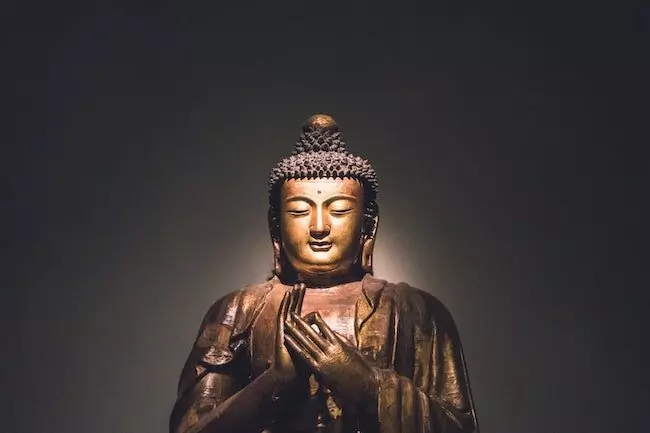Covid Transition Anxiety

In the 1960s, the National Zoo in Washington, D.C., acquired a white tiger named Mohini. For decades, she lived in a 12-foot by 12-foot cage with iron bars. Day and night she would pace the pen, back and forth, back and forth, tracing the interior confines of her cage.
Eventually, the zoo was remodeled, including a more spacious environment for Mohini, with acres of trees and water and rolling hills. It was a tiger’s paradise. But then something happened that no one expected. Mohini kept to one tiny corner of the enclosure, about 12 feet by 12 feet. And she stayed there, pacing back and forth, as though she was still surrounded by invisible iron bars.
Does any of this sound familiar?
Many of us have spent over a year being unable to be with family, travel freely, or socialize with friends as we’re accustomed to. So it’s understandable, even though we’re gradually getting vaccinated and transitioning to a new normal, that many of us are hesitant and uncertain. In addition to the real uncertainties that exist, our nervous systems have been in a state of alarm and hypervigilance for months. And because we’ve been worried about hidden danger for so long now, our survival instincts tell us to stay within the safe confines of the lines we know. We’re not so different from Mohini.
This, of course, is a good thing in some ways. It’s how our bodies protect us during difficult times, and again, we’re still in an uncertain and transitional moment.
But unlike Mohini, we can make a conscious effort to work through our fears and not be controlled by them. Mindfulness and compassion can help. As you go out into what we hope is a post-covid world, try integrating these three practices into your day.
1. Check in with the body
If you notice some contraction as you venture out to a supermarket or a restaurant, see where you feel it in your body. Are you noticing tension in your jaw? Are you clenching your fists? Is your breath shallow? Are you bracing in your core? See if you can allow the places of holding to soften, to relax. Feel free to use supportive touch if you like: place a hand on the area where you feel the tightness. If you like, try a few deep soothing breaths. Rather than focus on what you’re thinking in an anxious moment, focus on attending to the body and building calm there.
2. Notice what emotions are present
Research shows that when we label our emotions, we are less likely to feel hijacked by them. So, as you’re about to gather with friends, or take a trip, or do anything that may be “new” again for you, turn your attention to whatever emotions are arising, and note them with warmth and kindness. You might say to yourself, gently, as if talking to a friend, “ah, this is fear. It’s ok. This is part of the experience.” Don’t yell at yourself or ridicule yourself. It will take some time to feel comfortable in the world again. Beating yourself up will not speed things along.
3. Bring in some kindness
Self-compassion can be like a superpower if you are experiencing anxiety or fear around these new transitions. Will that vaccine really work? What if it doesn’t? Am I really safe? Again, try speaking to yourself as you would speak to your best friend or a worried child. You might want to say, “Yes, this is difficult,” or “this is scary.” And if you start to feel too worried, it is okay to go slow, to test the waters, to take one safe step at a time. There is no rush here, no race. Take it at a pace that feels right for you, balancing between the profound psychological benefits of opening up and your own instincts for self-care.
All three of these techniques can be brought into your daily meditation as well: finding tension in the body and see if you can loosen it a bit; noticing and labeling whatever emotions may be present; and adding some self-compassion into the mix. With time, you may actually savor being set free from the confines of the last year. As the Persian poet Hafiz wrote, “Fear is the cheapest room in the house. I would like to see you living in better conditions.”
Dr. Susan Pollak is the author of Self-Compassion for Parents and the co-founder of the Center for Mindfulness and Compassion at Harvard Medical School.



